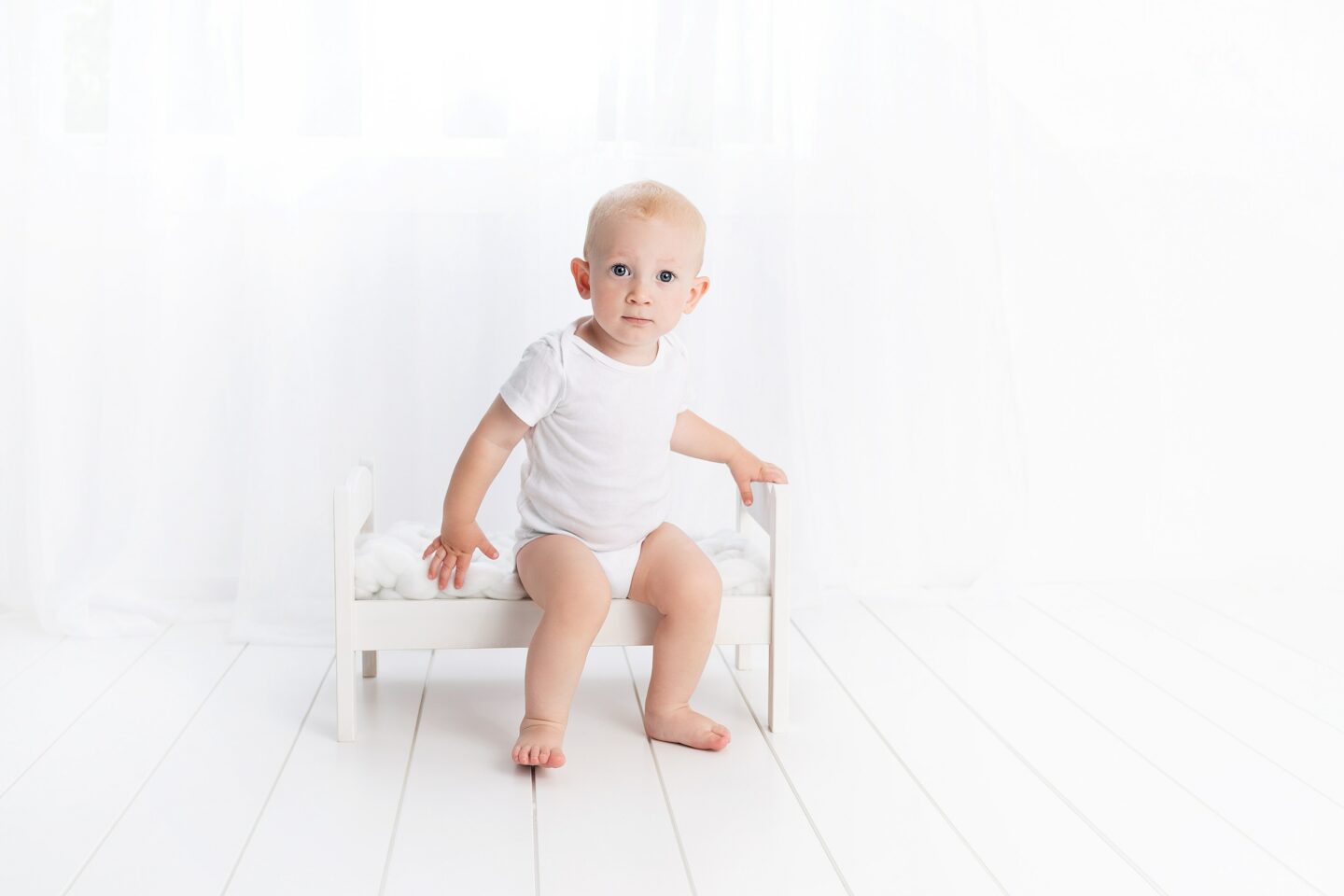
If you have a child with an allergy, you will know just how distressing an allergic reaction can be to them and to you. In order to treat an allergy, you have to identify the substance, or allergen, that triggers the reaction.
Testing and treating allergies can be simple and should greatly reduce the number of allergic reactions your child suffers. Here is a quick guide to how allergy testing is done and what treatments are available.
How Do You Test For Allergies?
Allergic reactions are the body’s immune system response to what is called an allergen that triggers the reaction. The most common way to test for allergies is with what is called a ‘skin prick test’.
A small amount of weakened allergen is placed on the skin, which is then pricked or scratched lightly. If the skin reacts with a small bump or blister, similar to an insect bite, then that allergen causes a reaction in the child. It is possible to test for many common allergens at the same time, making the test quick and effective.
At the Children’s Allergy Doctors, children can be tested by an expert to determine their allergens. The team will then work with you to create a treatment and prevention plan for your child. This can help parents to get peace of mind about their child’s allergies, as they have identified them and know what to do when a reaction is triggered.
How Do You Treat Allergies?
Antihistamines are widely used to treat most allergic reactions. Histamine is a natural substance that is released in our bodies when they feel under threat. When the body’s immune system is triggered by an allergen, histamines are released throughout the body causing the skin to swell and blood vessels to expand.
By using antihistamines, the level of histamine in the body is reduced which helps to diminish the strength of the allergic reaction or even stop it completely.
For severe allergic reactions, adrenaline can be used. This is often prescribed in an auto-injector system that is commonly called an Epi-Pen. These are used when a reaction is so severe it could be life-threatening, and they are often carried by people with food allergies as their reaction can involve their throat swelling which can prevent breathing.
Can You Prevent Allergic Reactions?
Prevention is the best form of treatment, but for some allergens, this can be impossible. Pollen in the air cannot be helped, and dust mites in the home cannot be removed though regular deep cleaning can help.
Foods that trigger reactions can be avoided, though this can mean banishing certain foods from your home and your family meals. Eating out or from takeaways can be difficult, though most caterers are well trained in preparing food for allergy sufferers.
If you have a child with allergies you should prepare yourself to read a lot of labels on common household items and packaged foods.
Soap, shampoos, and laundry detergents can all contain allergens and sometime food-based allergens like nuts. Make sure you read labels thoroughly before you let your child come into contact with a new product.
By being proactive and getting your child tested for allergies you can stay one step in front of reactions and either prevent them or treat them quickly.
